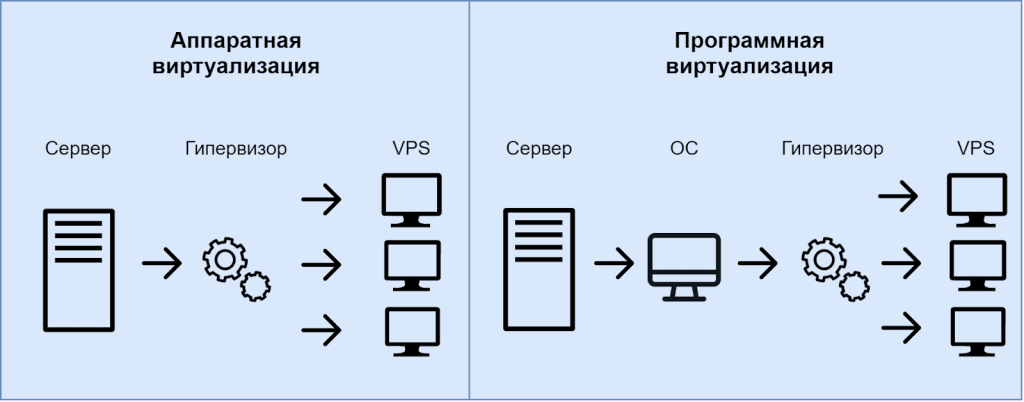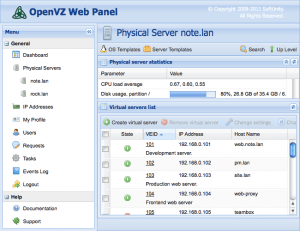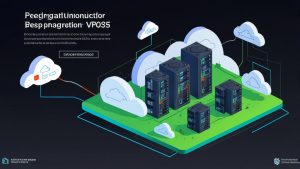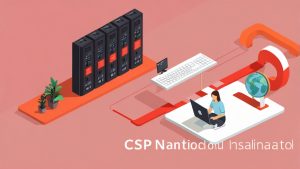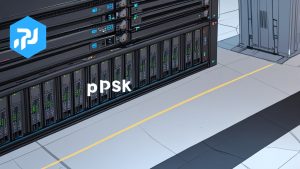What is Virtualization?
Virtualization is a technology that allows you to create virtual versions of hardware, software, networks, and other resources. It allows you to use one physical resource to run multiple virtual environments, increasing the efficiency of hardware resource utilization and reducing hardware costs.
At the heart of virtualization lies the idea of creating isolated environments that can operate independently of others. This is achieved through special software called a hypervisor, which manages virtualized resources and provides each virtual machine with access to the necessary hardware.
One of the main advantages of virtualization is the ability to create test and training environments that do not affect the main infrastructure. For example, developers can create virtual test environments to test new software without fear of damaging production systems.
Virtualization also improves system resilience, because in the event of a virtual machine failure, others will continue to operate normally. This reduces risks and ensures more reliable operation of the entire infrastructure.
In addition, virtualization promotes resource savings, as it allows for better use of computing power and data storage. This reduces equipment and energy costs, which is an important factor for business.
Overall, virtualization is a powerful tool for optimizing IT infrastructure and improving the efficiency of business processes. It allows you to create a flexible and scalable environment that can adapt to the changing needs of the company.

